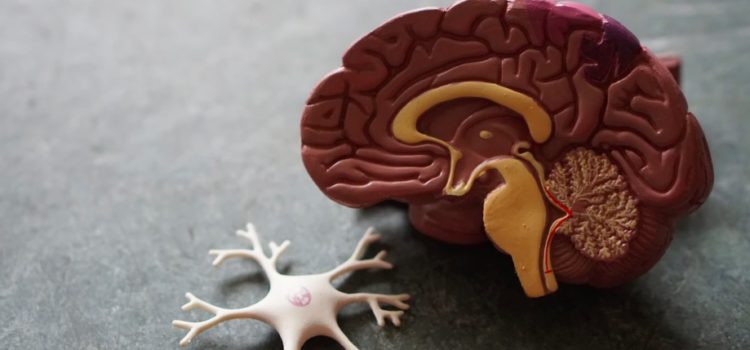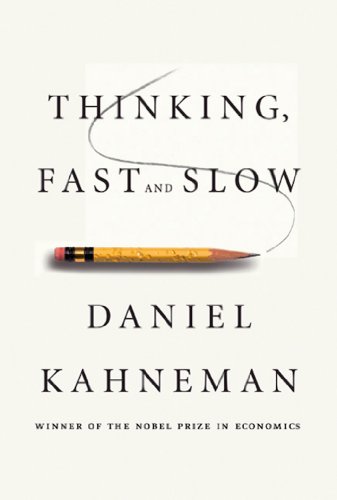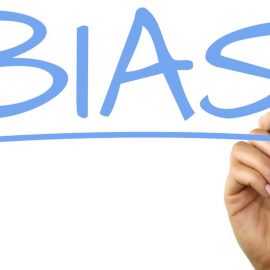

This article is an excerpt from the Shortform summary of "Thinking, Fast and Slow" by Daniel Kahneman. Shortform has the world's best summaries of books you should be reading.
Like this article? Sign up for a free trial here .
Isn’t it profound how we can make decisions without realizing it? You like or dislike people before you know much about them; you feel a company will succeed or fail without really analyzing it. But how susceptible are these quick judgments to cognitive bias? What is cognitive bias?
Cognitive bias is an error in thinking that affects our judgments. These biases are the result of quick, intuitive thinking below the conscious level.
Learn what cognitive biases are, better understand the cognitive bias definition above, and see examples of the most common cognitive biases.
Cognitive Biases and Heuristics
Despite all the complexities of life, notice that you’re rarely stumped. You rarely face situations as mentally taxing as having to solve 9382 x 7491 in your head.
When faced with a difficult question, System 1 (fast, intuitive thinking) substitutes an easier question, or the heuristic question. The answer is often adequate, though imperfect.
Consider the following examples of heuristics:
- Target question: Is this company’s stock worth buying? Will the price increase or decrease?
- Heuristic question: How much do I like this company?
- Target question: How happy are you with your life?
- Heuristic question: What’s my current mood?
- Target question: How far will this political candidate get in her party?
- Heuristic question: Does this person look like a political winner?
These are related, but imperfect questions. When System 1 produces an imperfect answer, System 2 has the opportunity to reject this answer, but a lazy System 2 often endorses the heuristic without much scrutiny. These heuristics can lead to cognitive biases. As you’ll see, these cognitive biases can hurt decision-making skills.
7 Types of Cognitive Bias
Cognitive Bias Example #1: Confirmation Bias
We tend to find and interpret information in a way that confirms our prior beliefs. We selectively pay attention to data that fit our prior beliefs and discard data that don’t.
Cognitive Bias Example #2: “What You See Is All There Is”
We don’t consider the global set of alternatives or data. We don’t realize the data that are missing. Related:
- Planning fallacy: we habitually underestimate the amount of time a project will take. This is because we ignore the many ways things could go wrong and visualize an ideal world where nothing goes wrong.
- Sunk cost fallacy: we separate life into separate accounts, instead of considering the global account. For example, if you narrowly focus on a single failed project, you feel reluctant to cut your losses, but a broader view would show that you should cut your losses and put your resources elsewhere.
Cognitive Bias Example #3: Ignoring Reversion to the Mean
If randomness is a major factor in outcomes, high performers today will suffer and low performers will improve, for no meaningful reason. Yet pundits will create superficial causal relationships to explain these random fluctuations in success and failure, observing that high performers buckled under the spotlight, or that low performers lit a fire of motivation.
Cognitive Bias Example #4: Anchoring
When shown an initial piece of information, you bias toward that information, even if it’s irrelevant to the decision at hand. For instance, in one study, when a nonprofit requested $400, the average donation was $143; when it requested $5, the average donation was $20. The first piece of information (in this case, the suggested donation) influences our decision (in this case, how much to donate), even though the suggested amount shouldn’t be relevant to deciding how much to give.
Cognitive Bias Example #5: Representativeness
You tend to use your stereotypes to make decisions, even when they contradict common sense statistics. For example, if you’re told about someone who is meek and keeps to himself, you’d guess the person is more likely to be a librarian than a construction worker, even though there are far more of the latter than the former in the country.
Cognitive Bias Example #6: Availability Bias
Vivid images and stronger emotions make items easier to recall and are overweighted. Meanwhile, important issues that do not evoke strong emotions and are not easily recalled are diminished in importance.
Cognitive Bias Example #7: Narrative Fallacy
We seek to explain events with coherent stories, even though the event may have occurred due to randomness. Because the stories sound plausible to us, it gives us unjustified confidence about predicting the future.
———End of Preview———

Like what you just read? Read the rest of the world's best summary of "Thinking, Fast and Slow" at Shortform . Learn the book's critical concepts in 20 minutes or less .
Here's what you'll find in our full Thinking, Fast and Slow summary :
- Why we get easily fooled when we're stressed and preoccupied
- Why we tend to overestimate the likelihood of good things happening (like the lottery)
- How to protect yourself from making bad decisions and from scam artists






